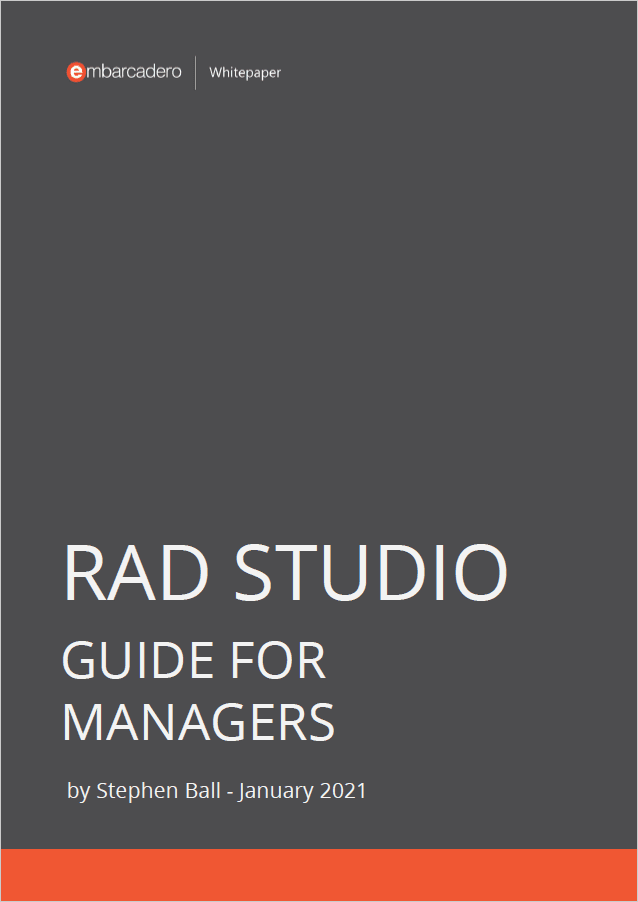

The C++ language is a very strong choice for all aspects of professional and modern programming. One of the great features of modern C++ are templates. A template is a simple and very powerful statement in C++ which defines the operations of a class or function in a generic way and then lets the user apply the same template on different types in those operations. You can learn how to use a template in C++ by using a professional C++ IDE and compiler with C++ examples from this article.
What is a template in C++?
A template is a very powerful statement in C++ which simply defines the operations of a class, a function, an alias or a variable and lets the user apply the same template on different data types in those template operations. Templates are similar to macros in C++ except the compiler checks the types used before the template is expanded.
How does a template in C++ work?
In this example there is a function template that adds two a and b parameters in T type,
|
1 2 3 4 5 6 7 |
template <class T> T add (T a, T b) { return a+b; } |
if a and b are int variables, this template can be used as below.:
|
1 2 3 |
int i = add <int> (a, b); |
and in the next lines same template can be used for the x and y float variables as below too,
|
1 2 3 |
float f = add <float> (x, y); |
Templates are very useful, and they are the base of generic programming that allows writing code in a way that is independent of any particular type. A template is an entity which generates an ordinary type or a function at compile time based on arguments the user supplies for the template parameters.
According to Metaprogramming by Andrew Sutton, Document: P2237R0, templates are described well here,
“Templates provide a facility for injecting new declarations into source code, albeit in a somewhat constrained way. Each instantiated declaration names a specialization of a class template, function template, or variable template for some template arguments. We can’t use this feature to insert e.g., members into a class, statements into a function, etc.
Variadic templates, or more precisely, parameter packs, provide another kind of injection facility. They allow the insertion of sequences of template and function arguments into contexts where such lists are allowed (e.g., template and function argument lists, base specifier lists, member initializer lists, etc.).”
What kind of templates exist in C++?
In C++, a template can be used as one of the following:
| Template Type | Template Declaration |
| function template | family of functions (can be used as member functions) |
| class template | family of classes (can be used as nested classes) |
| alias template | alias to a family of types(since C++11) |
| variable template | family of variables (since C++14) |
| constraints, concepts | a concept (since C++20) |
Templates are powerful entity that can be parameterized by one or more template parameters. These parameters can be type template parameters, non-type template parameters, and template template parameters – yes, the template can have templates as a parameter.


C++ Builder is the easiest and fastest C and C++ IDE for building simple or professional applications on the Windows, MacOS, iOS & Android operating systems. It is also easy for beginners to learn with its wide range of samples, tutorials, help files, and LSP support for code. RAD Studio’s C++ Builder version comes with the award-winning VCL framework for high-performance native Windows apps and the powerful FireMonkey (FMX) framework for cross-platform UIs.
There is a free C++ Builder Community Edition for students, beginners, and startups; it can be downloaded from here. For professional developers, there are Professional, Architect, or Enterprise versions of C++ Builder and there is a trial version you can download from here.



